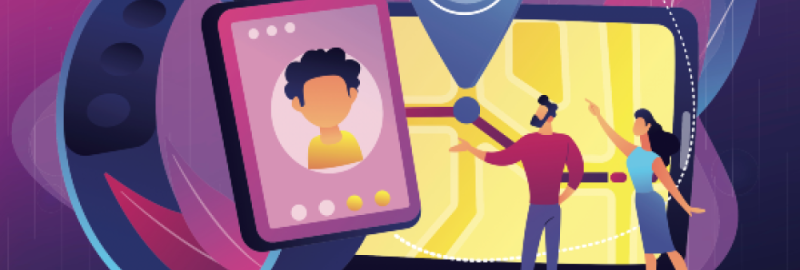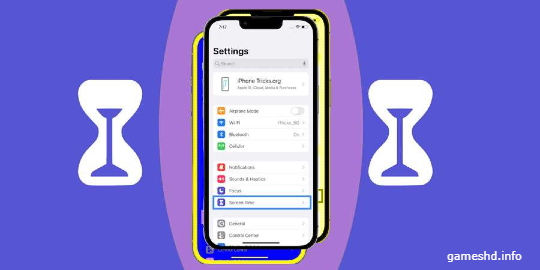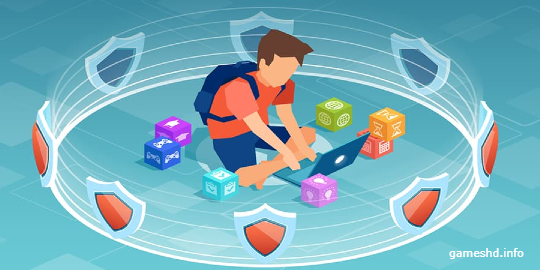
In the digital age, steering kids towards a balanced and secure online experience is crucial, and parental control applications provide an important tool in this ongoing task. Available in dual versions, one for the child’s gadget and one for the parent’s, these applications give adults the authority to oversee their offspring's digital footprint from a distance. We're here to assist in unraveling the range of features that parental control apps possess and guide you on how to choose the right one to fulfill your parenting needs.
Content filters are a fundamental component of every parental control application. A checklist of potentially unsuitable subjects is available for you to customize, preventing your child from stumbling upon web pages within these categories. As you compare different apps, it's important to ensure that they allow you to restrict access to all topics that worry you. For example, the Boomerang application offers roughly 40 filterable subjects, while Bark provides options for 17.
Furthermore, flexible filtering levels are advantageous, particularly for teens. This allows for a balanced approach, such as issuing warnings, limiting only the harshest material, and notifying parents about their children’s online activities. Also, the efficiency of content filters is paramount; they need to be operational across all web browsers to prevent kids from bypassing them. Additionally, certain apps incorporate image screening to detect explicit content in photos, which are then masked with blurring or blocked entirely. It’s also beneficial when the app notifies you if your child attempts to view the filtered content, opening the door for an open discussion on the matter.

Expanding on the aspect of content filtering is the feature of website blocking. An adept parental control app permits you to blacklist specific web pages or whitelist others, exempting them from content filters. Also, comprehensive access to the child's browsing history is usually provided, although some apps, like Bark, only disclose history associated with content alert triggers.
When it comes to monitoring messages, many parental control apps show room for improvement, yet it's an essential feature if you're concerned about cyberbullying, online predators, or other forms of inappropriate interactions. Unless you opt for a more thorough solution like Bark, aim for an app that grants abilities such as blocking social and messaging apps, implementing text message content filters, or managing the child’s contact list.
Delving into text message oversight, you'll find diverging opinions on the degree of surveillance. Some believe that children should have a degree of privacy, whereby the parental controls would only signal parents to worry about fragments of conversations. This less intrusive approach aligns with apps like Bark or FamiSafe. On the other hand, some argue that protection trumps privacy, advocating for an app like Qustodio, FamilyTime, or MMGuardian, which reveals the entirety of text communications.
The issue becomes more nuanced with social media message monitoring. Beware of claims by some apps that merely track the time spent on platforms, as what is genuinely required is a deep dive into the details. Comprehensive monitoring should cover feeds, comments, and photo exchanges since cyberbullying can flare up in any online corner. Particularly for iPhone users, the app's compatibility is essential as there tend to be fewer monitoring options for iOS compared to Android.

When it comes to email supervision, Bark stands out as a rare bird that keeps an eye on common email platforms such as Gmail and Yahoo! Mail. If alternative software is more your preference, you might consider the following strategies: restrict all access to email apps and websites, opt for a child-friendly email provider with built-in monitoring, or select a parental control app equipped with a keylogger function.
In the case of document-sharing app surveillance, Bark, again, is a unique scanning service for content that may violate your established filters. As your child matures and utilizes these apps for academic purposes, outright restrictions can be problematic. Without an app capable of content scanning, the fallback may be to pore over all material logged by a keylogger.
As parents fine-tune their management of digital parenting, these considerations in choosing a parental control app become key to fostering a safe, balanced, and responsible use of technology for their children.
Location tracking also plays a critical role in safeguarding your child, extending safety measures from the digital sphere to the physical. While location tracking is a standard feature across most parental control software, it is most effective on Android devices due to the restrictive privacy policies on Apple devices.
Contrary to a uniform approach, location tracking capabilities can vary greatly between services. Some, like Bark, may rely on your child’s action to share their location rather than provide it automatically. Geofencing, which notifies you when your child comes and goes from designated areas, is another widely available feature, though its accuracy is sometimes questioned by service providers. Preferred location tools in these applications include real-time location tracking, a log of locations visited, a map interface that consolidates the whereabouts of all your children at a glance, customizable geofencing boundaries, and the option to toggle location tracking to conserve battery life.

When it comes to screen time control, the ideal parental controls should facilitate effortless monitoring of your child's screen habits while promoting healthy usage. This could manifest as scheduled lock periods during school, bedtime, or mealtimes, setting total daily usage limits, allowing you to remotely turn off internet access while still enabling basic phone functionality, or completely locking the device from any use. Detailed device usage reports are key in understanding how your child spends time on their device, providing you with a minute-by-minute breakdown.
Contact management, although less common, is a useful feature in some parental control software, such as Qustodio, MMGuardian, and FamilyTime. This allows parents to maintain their child's contacts list and block unwanted numbers. Furthermore, call history logs can reveal insightful information, such as who is calling, call direction, timing, and duration, assisting parents in monitoring their child's communication. It's important to note that recording phone conversations is not a capability of any parental control app.
Moreover, uninstall protection is paramount to prevent savvy children from removing the very software meant to safeguard them. The best parental controls require a password before uninstallation is possible on a child's device. If circumvention is a major concern, devices like the Bark phone, which incorporates undetachable Bark controls, are viable options.
The user experience on the parent's end is equally as crucial. Make the most of free trial periods to familiarize yourself with the app's interface and customization options on both mobile and web dashboards. It's important that you find the navigation and settings intuitive and to your liking before making a commitment.

The efficacy of alerts and reporting should also align with your expectations. Being promptly notified via email, text, or push notifications of any concerning messages sent or received by your child or attempts to access inappropriate material is a function of a valuable parental control app.
While many of the aforementioned features are standard, some parental control offerings include additional safeguards such as a panic button for children to alert parents of an emergency and initiate real-time location tracking or driving-related features that detect crashes and monitor speed, further fortifying the safety net provided by these applications.
Conclusively, while venturing into the digital parenting landscape, it is imperative to source a parental control application that embodies a full spectrum of monitoring and management capabilities. By selecting a comprehensive solution that encompasses robust app regulation, precise location tracking, nuanced screen time management, contact oversight, and fortified uninstall protection, you ensure an environment that fosters not only safe digital exploration but also promotes the development of responsible technology habits for your children.
Embracing an app that scales to your family's unique needs, with a user-friendly interface and real-time alert systems, enhances your ability to guide and protect your children in an increasingly connected world. With the right tools at hand, navigating the complexities of online safety becomes a less daunting task, allowing parents to confidently prepare their children for the digital future ahead.